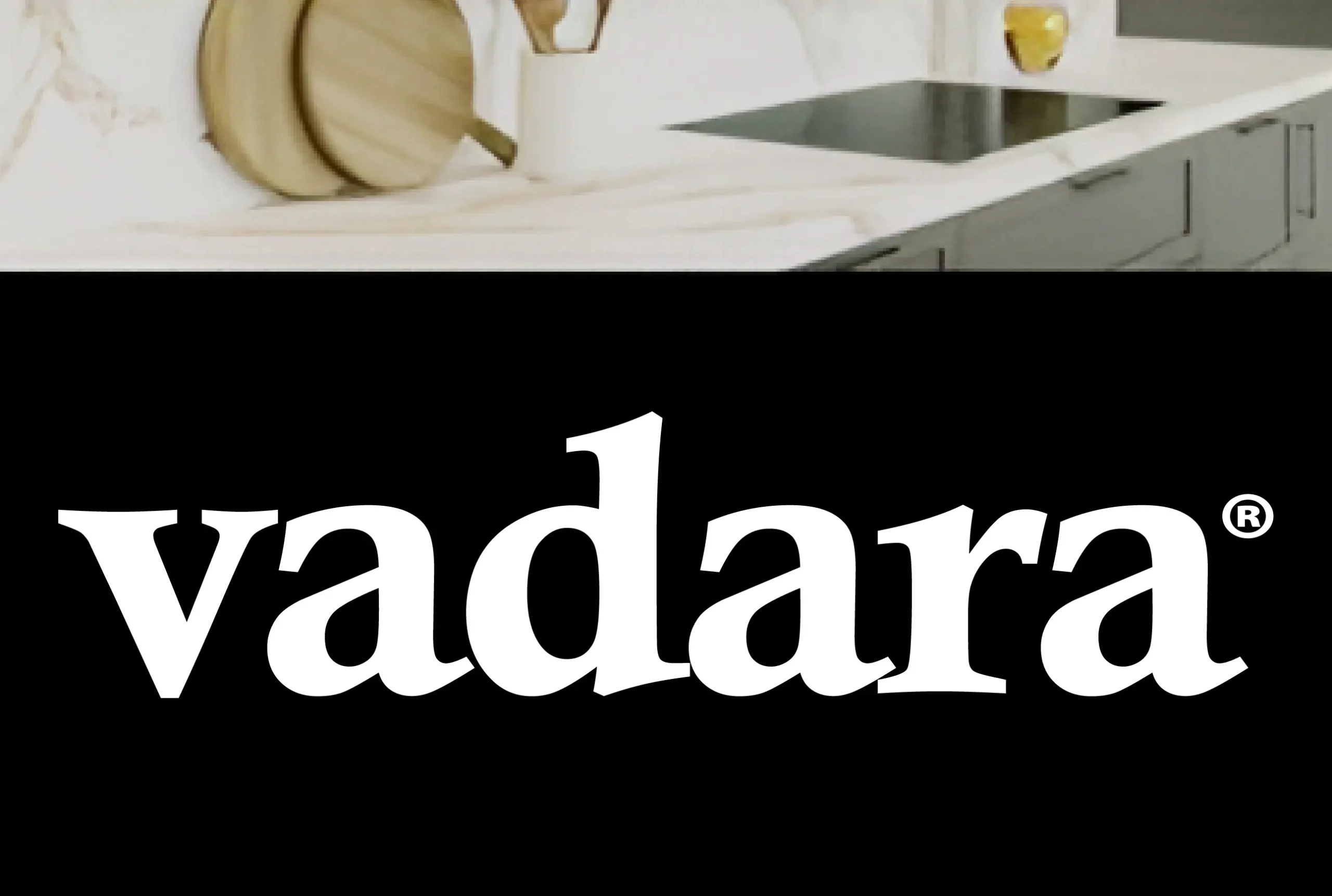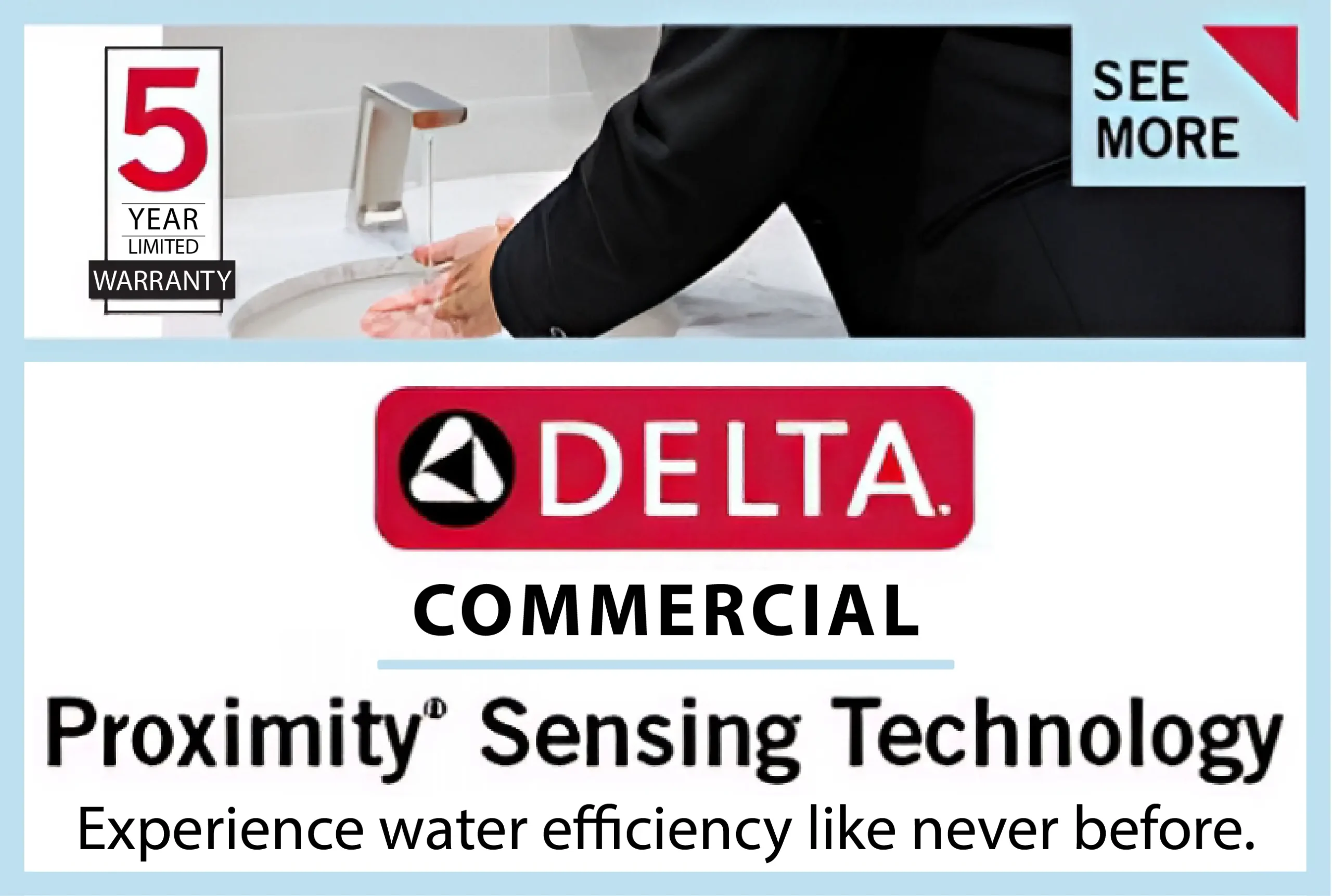Can you significantly decrease workplace accidents and protect lives?
The installation of appropriate guard rail systems stands as the most intelligent safety decision available to protect your facility. Falls and collisions stand out as the primary causes of workplace accidents and represent the most devastating incidents in industrial areas today.
But here’s the thing…
The majority of these incidents could be stopped entirely by implementing proper safety protocols together with physical barriers. Guard rail systems function as essential safety installations that serve as the foundation of every complete industrial safety approach beyond being simple metal barriers.
Inside This Guide:
- Why Guard Rails Are Critical for Workplace Safety
- Types of Industrial Guard Rail Systems
- OSHA Requirements for Guard Rail Implementation
- Key Benefits Beyond Basic Protection
- Choosing the Right Guard Rail Solution
Why Guard Rails Are Critical for Workplace Safety
Guard rails function as primary protection against many prevalent workplace dangers. The United States reported 5,283 fatal workplace injuries in 2023 with falls, slips, and trips being the main cause of these incidents and making up 39.2% of deaths in the construction industry as shown by recent statistics.
Guard rails establish vital safety boundaries which protect workers when they are installed correctly.
- Prevent falls from elevated work areas
- Protect workers from dangerous equipment
- Separate pedestrian walkways from forklift traffic
- Guardrails protect important machinery and inventory from being damaged by vehicle collisions.
The data doesn’t lie – facilities with comprehensive warehouse guardrail systems in place consistently report fewer accidents, lower insurance premiums, and better safety ratings. Physical barriers deliver uninterrupted passive safety measures that function independently of human precision or constant vigilance.
Here’s something that could catch you off guard.
Within the safety measures hierarchy engineering controls guard rails stand as one of the most effective tools. Physical barriers offer direct accident prevention without depending on human training and compliance which administrative controls require.
OSHA data shows that 2023 records for injuries and illnesses came from 385,000 establishments which documented around 1.54 million cases. Days away from work were reported in 37% of these cases. Guard rails serve as a direct solution to reduce numerous preventable industrial incidents.
Types of Industrial Guard Rail Systems
Different guard rail systems possess varied levels of effectiveness and features. Your facility’s unique requirements will determine which protection type you need to select.
These are the primary guard rail systems categories you need to understand.
- Heavy-Duty Impact Barriers withstand major vehicle collisions and safely shield both structural assets and employees.
- Handrails and Pedestrian Rails serve as both navigational aids and fall protection mechanisms for workers operating at height or on designated pathways.
- Specialized rail systems encircle dangerous machinery to prevent accidental contact while maintaining operational access for maintenance tasks.
- Modular protection systems provide flexibility so they can be adjusted when workplace arrangements change while maintaining safety standards.
Select guard rail systems by considering the main hazards you want to mitigate and the particular environment where they will be applied. Workplaces with heavy forklift activity demand stronger solutions compared to pedestrian-focused areas.
OSHA Requirements for Guard Rail Implementation
A proper implementation of guard rail systems requires thorough knowledge of OSHA regulations. Non-compliance with regulations leads to large fines but poses greater dangers by exposing workers to preventable hazards.
According to OSHA’s standards, proper guardrails must:
- The guardrail must reach 42 inches above the walking or working surface with a possible variance of 3 inches.
- Guardrails must resist a 200-pound force that hits within two inches from the top edge.
- Have midrails, screens, or similar intermediate barriers
- Have minimal deflection when force is applied
- The surface must be smooth to eliminate the risk of punctures and cuts.
Since construction experienced the highest work-related fatalities in 2023 totaling 1,075 with falls accounting for 39.2% of the deaths, OSHA maintains stringent regulations. The transportation and warehousing industries experienced 930 fatalities in 2023 which marked an 11.7% reduction from the previous year.
The TRC incidence rate reached its lowest mark since 2003 with 2.4 cases per 100 full-time equivalent workers in 2023. The positive results indicate that safety measures such as proper guard rail implementation are achieving effective outcomes. All industrial sectors must work toward additional enhancements to achieve better safety outcomes.
Key Benefits Beyond Basic Protection
Guard rails provide substantial benefits beyond their primary role of accident prevention. Investing wisely in proper guard rail systems offers several benefits.
- Reduced Insurance Premiums: Insurance providers frequently provide reduced premiums to facilities that maintain thorough safety barrier systems.
- Enhanced Operational Efficiency: Specific traffic lanes combined with designated work zones lead to better flow while minimizing congestion.
- Extended Equipment Lifespan: Guard rails protect expensive machinery from damage which helps avoid costly repairs and operational downtime.
- Improved Compliance Posture: You can avoid violation penalties and keep ahead of inspections by maintaining proper safety barriers.
- Visual Organization: Guard rails marked with colors function as visual indicators that establish and maintain proper traffic lanes and restricted zones.
Nonfatal workplace injuries and illnesses reported by private industry employers decreased 8.4% in 2023 to reach 2.6 million cases from 2022 levels. Selecting the appropriate guard rail solution supports ongoing efforts to create safer workplace environments.
Choosing the Right Guard Rail Solution
Different guard rail systems might not fulfill your particular requirements. Follow this guide to identify the best guard rail system for your facility.
Assess Your Primary Risks
Start by pinpointing specific workplace dangers including vehicle impacts and fall protection requirements while also considering pedestrian/vehicle separation and equipment protection.
Consider Impact Ratings
Guard rails come with different impact ratings. Heavy equipment traffic areas require impact-rated rails that can withstand over 10,000 pounds for safety against forklift traffic.
Evaluate Installation Requirements
Some systems need permanent placement with concrete anchoring whereas other systems provide modular solutions that enable reconfiguration according to changing requirements.
Wrapping It All Up
Investing in guard rail systems provides top-level protection for workplace safety. Since transportation-related incidents cause 36.8% of workplace fatalities with 1,942 deaths reported in 2023 they remain the top cause of worker deaths making physical barriers to prevent these incidents crucial.
Remember:
- Guard rails protect against everyday accidents and devastating incidents.
- They satisfy important regulatory requirements
- Choosing the correct system requires evaluating your facility’s specific needs.
- Regular inspection and maintenance ensures continued protection
A complete guard rail system implementation in your facility demonstrates genuine dedication to workplace safety which leads to significant reductions in accident rates.
Always evaluate and install adequate physical barriers before accidents make their necessity obvious. The reduction of workplace accidents and deaths stems from enhanced safety procedures which now involve more widespread implementation of correctly designed guard rail systems.
This critical safety investment will deliver advantages to your employees along with your equipment and lead to financial gains for your bottom line.












